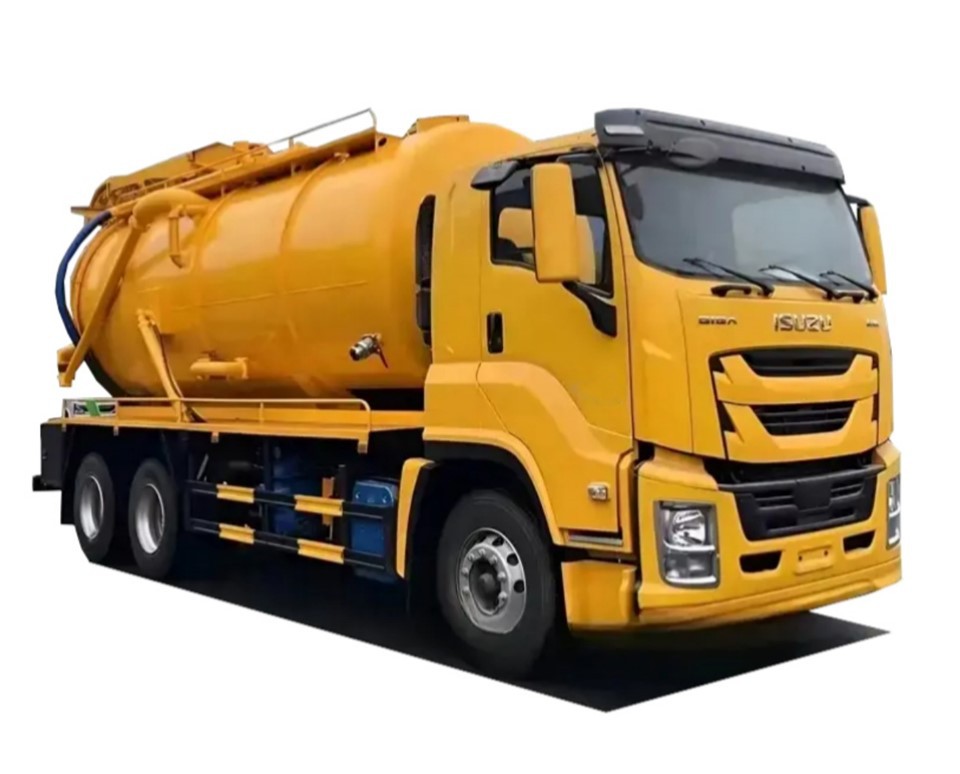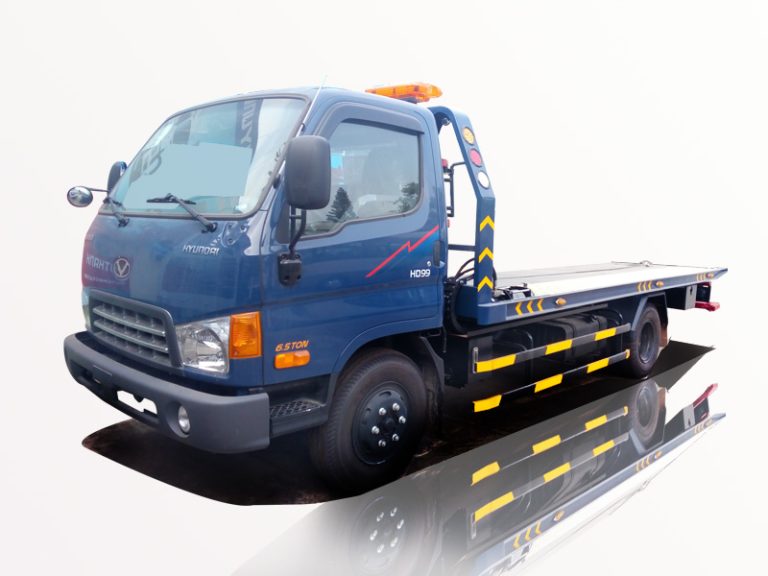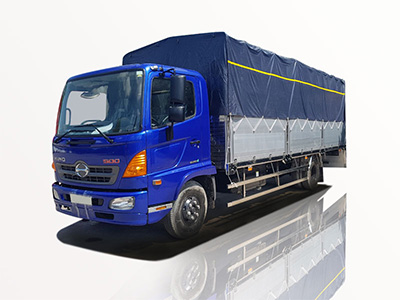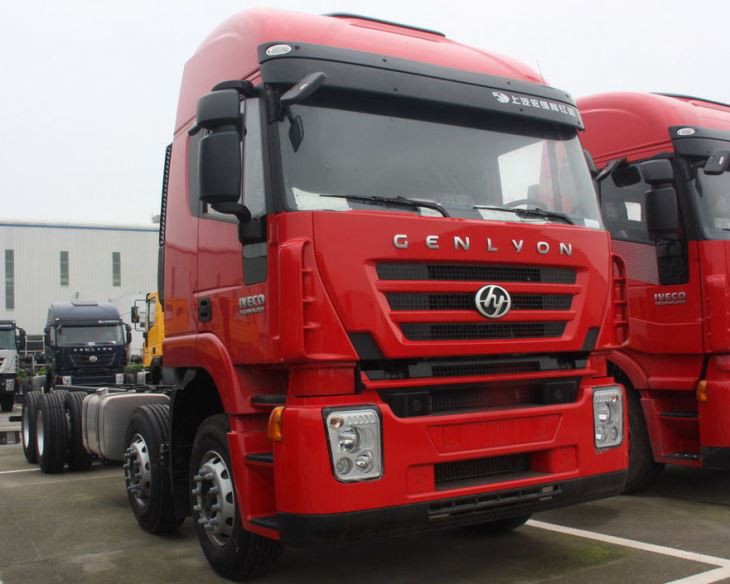Introduction
Mini pumper fire trucks are specialized vehicles designed for various firefighting tasks, particularly in urban areas with narrow streets, crowded spaces, or unique landscapes that larger fire trucks can’t navigate comfortably. These compact trucks are an essential part of modern firefighting services, providing versatility and efficiency in emergency situations. This article will cover everything you need to know about mini pumper fire trucks, from their features and benefits to their applications and maintenance, ensuring you have a comprehensive understanding of these vital firefighting tools.
What is a Mini Pumper Fire Truck?
A mini pumper fire truck is a smaller, more agile firefighting vehicle. Unlike traditional fire trucks that can be bulky and challenging to maneuver in tight spaces, mini pumpers are designed to be nimble, allowing them to access difficult areas while still carrying essential firefighting equipment. They typically feature a hose reel, water tank, pump, and sometimes additional rescue equipment.
History and Evolution
Mini pumper fire trucks have evolved significantly since their inception. Initially, they were primarily used for rural regions, but as urban development increased, the need for a compact firefighting solution in congested cities became apparent. Manufacturers began designing mini pumpers to meet these needs, leading to advancements in technology and design that made them indispensable in modern firefighting strategies.
Key Features of Mini Pumper Fire Trucks
| Feature | Description |
|---|---|
| Size | Generally compact, around 10-20 feet in length. |
| Water Tank | Can carry anywhere from 200 to 1000 gallons of water. |
| Pump | Various types of pumps with capacities up to 1,500 GPM. |
| Hose Configuration | Typically includes several hose reels and scalloped hose beds for quick deployment. |
| Graphics | Often features reflective graphics for visibility during emergencies. |
Benefits of Using Mini Pumper Fire Trucks
Mini pumper fire trucks offer numerous benefits that help firefighting services operate more effectively:
1. Maneuverability
Mini pumpers are smaller and lighter than traditional fire trucks, which allows them to navigate through narrow streets and congested areas easily. This is especially crucial in urban environments where traditional fire trucks may struggle.
2. Cost-Effectiveness
These vehicles tend to have lower acquisition and maintenance costs compared to full-size fire engines. Departments can maximize their budgets, enabling them to allocate more resources to training and other critical areas.
3. Versatility
Mini pumpers can be equipped for various firefighting and rescue scenarios. They are effective in combating wildfires, responding to medical emergencies, and providing support in urban settings.
4. Quick Response Time
Due to their size and agility, mini pumpers can reach the scene of emergencies faster, significantly improving response times and potentially saving lives.
Applications of Mini Pumper Fire Trucks
Mini pumper fire trucks are used in a variety of settings, each with unique needs and challenges:
1. Urban Fire Departments
Urban fire services often face challenges related to traffic and street congestion. Mini pumpers provide a practical solution for navigating narrow streets and accessing hard-to-reach areas, like alleys and multi-story buildings.
2. Wildland Firefighting
In rural and semi-rural areas, mini pumpers are effective in controlling wildfires. Their portability allows firefighting teams to respond rapidly to fire outbreaks in wooded or remote areas, often where larger trucks cannot go.
3. Industrial Settings
Many industries, such as oil refineries and chemical plants, require firefighting equipment that can quickly respond to hazards. Mini pumpers are useful in these environments due to their ability to access tight spaces and maneuver around equipment.
4. Emergency Medical Services
Some mini pumpers are equipped with medical equipment, enabling them to serve dual purposes. This is particularly advantageous in rural areas where dedicated EMS response may be limited.
Design Considerations When Choosing a Mini Pumper
When selecting a mini pumper fire truck for your department or organization, several design considerations can impact effectiveness:
1. Pump Capacity
Choose a pump size based on the expected demands of your area. A higher GPM rating will ensure sufficient water pressure for firefighting tasks.
2. Water Tank Size
The water tank size should align with the typical response scenarios. It’s vital to balance the need for enough water supply without compromising maneuverability due to excessive weight.
3. Equipment Configuration
Ensure the mini pumper is designed to accommodate necessary firefighting equipment, including hoses, nozzles, and rescue tools. Customization might be needed based on specific community needs.
4. Vehicle Construction
Opt for high-quality materials like aluminum or stainless steel for enhanced durability and resistance to corrosion. The construction should withstand harsh conditions while maintaining a lightweight profile.
Maintenance of Mini Pumper Fire Trucks
Regular maintenance is crucial to ensure mini pumper fire trucks function properly and reliably:
1. Daily Checks
Conduct daily inspections to check fluid levels, hose conditions, and any visible signs of wear. Ensuring your mini pumper is ready to respond can prevent delays during emergencies.
2. Scheduled Maintenance
Create a scheduled maintenance plan that includes routine checks on the pump, water tank, and other critical systems. This may involve services from professional firefighting vehicle specialists.
3. Documentation
Keep detailed records of all maintenance and repairs. This documentation can be crucial for tracking history and diagnosing future issues.
4. Training
Ensure operators are adequately trained to perform basic maintenance and inspections. Frequent drills can enhance their familiarity with the vehicle’s operations and features.
Case Studies: Real-World Examples of Mini Pumper Use
Examining real-world uses of mini pumper fire trucks can provide insight into their effectiveness:
Case Study 1: Urban Response
A city fire department employed a mini pumper for its rapid response team. During a recent high-rise fire, the mini pumper was able to navigate through narrow streets and limited access areas to provide water support and rescue assistance, reducing overall response time significantly.
Case Study 2: Wildfire Containment
In a rural community, mini pumpers were deployed to combat a rapidly spreading wildfire. Thanks to their agility, firefighters could quickly position mini pumpers along critical points, controlling the fire’s progression until larger units could arrive and assist.
Case Study 3: Industrial Emergency
At an industrial facility, a mini pumper was utilized to respond to a chemical spill. Its compact size enabled quick access to areas where larger trucks would have struggled, allowing firefighters to handle the emergency effectively.
Future Trends in Mini Pumper Technology
The firefighting industry is evolving, and mini pumper fire trucks are integrating innovative technologies:
1. Electric Mini Pumpers
With the rise of electric vehicles, some manufacturers are exploring electric mini pumpers that reduce emissions and operating costs while maintaining performance.
2. Enhanced Technology Integration
Modern mini pumpers may include advanced communication systems, GPS capabilities, and real-time monitoring, improving coordination during firefighting operations.
3. Modular Designs
Future designs may incorporate modular concepts, allowing for greater customization. Departments could tailor mini pumpers for specific operating environments or emergency needs.
FAQs About Mini Pumper Fire Trucks
1. What is the average cost of a mini pumper fire truck?
The price of a mini pumper can vary widely based on its specifications, features, and customization. On average, costs can range from $100,000 to $250,000.
2. How does a mini pumper differ from a traditional fire truck?
Mini pumpers are significantly smaller and more maneuverable, making them ideal for quick response in urban settings, whereas traditional fire trucks are larger and better suited for standard firefighting operations.
3. Can mini pumpers be used for other emergencies?
Yes, mini pumpers can be equipped for various emergency responses, including medical emergencies and rescue operations, making them versatile in different situations.
4. What kind of training is required for operating a mini pumper?
Operators should undergo specific training focused on vehicle operations, maintenance, and emergency protocols to ensure effective and safe use in the field.
5. Are mini pumpers suitable for rural firefighting?
Absolutely. Mini pumpers are effective in rural areas, especially for wildfires and in situations where access to larger trucks is limited due to terrain or road conditions.
6. What are the maintenance costs associated with mini pumpers?
Maintenance costs can vary based on usage and manufacturer but generally include routine inspections, repairs, and parts replacement. Budgeting around 10-15% of the vehicle’s purchase price annually for maintenance is a common guideline.






